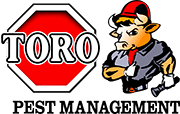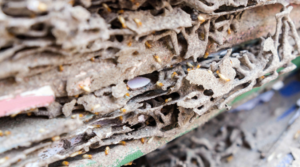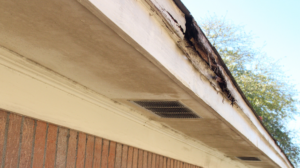Termites don’t just threaten the physical structure of your home—they also pose a significant risk to your financial stability. With the average cost of termite treatments and damage repair running into thousands of dollars, understanding the economic impact of these pests is crucial for homeowners.
The Economic Burden of Termites
The insidious nature of termite damage can lead to substantial financial consequences. Homeowners often remain unaware of infestations until the structural damage becomes severe. By this point, the costs for remediation and structural repairs can be extensive. Unlike other property damage, termite damage is rarely covered by standard homeowner’s insurance policies, leaving homeowners to bear the full cost of treatment and repair.
Impact on Property Value
Beyond immediate repair costs, termites can significantly decrease a property’s market value. Infestations, especially when they have caused visible damage, can deter potential buyers and lower the overall attractiveness of a home. For those planning to sell their property, a history of termite damage can lead to decreased market value or interest, even if repairs were performed.
Long-Term Financial Planning
For homeowners, investing in termite prevention is not only a measure to protect the property but also a critical strategy for safeguarding their investment. Regular inspections by certified pest control specialists can prevent large-scale infestations and the accompanying high costs. Additionally, modern termite prevention systems and treatments, while an upfront investment, can save money in the long term by avoiding the need for extensive repairs.
Conclusion
Termites are more than just a nuisance; they are a significant financial hazard. Homeowners should prioritize regular inspections and invest in preventative measures to protect both their homes and their financial future. Being proactive about termite control is a smart financial decision that can save a considerable amount of money and stress over time.









